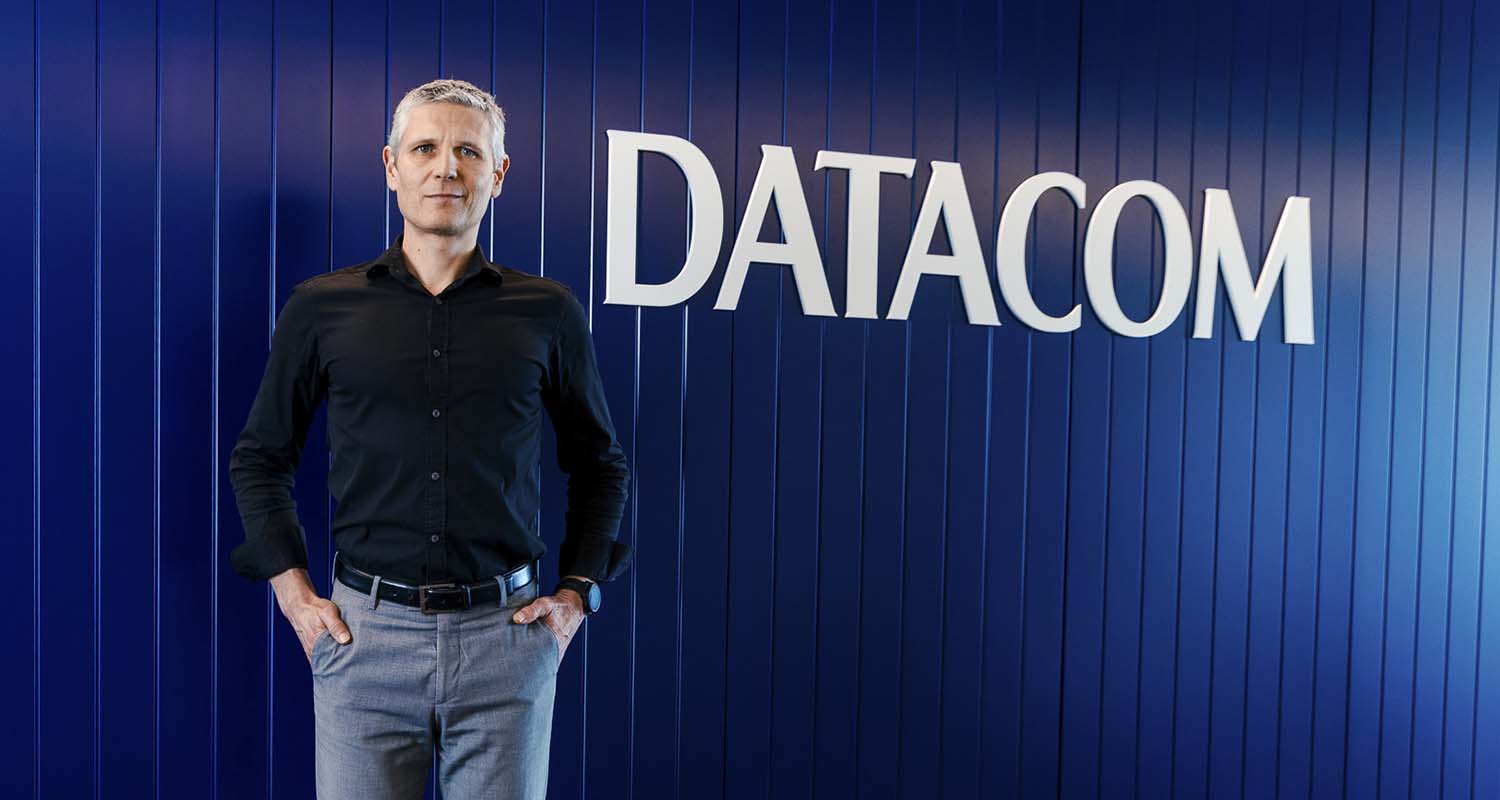Do you have a question? Want to learn more about our products and solutions, the latest career opportunities, or our events? We're here to help. Get in touch with us.
Do you have a question? Want to learn more about our products and solutions, the latest career opportunities, or our events? We're here to help. Get in touch with us.
We've received your message. One of our experts will be in touch with you soon.

Shawn Antonelli has seen first-hand the evolution of customer engagement platforms – he started working with the earliest iterations in the late 1990s, and since then he’s worked with all the major CRM products on the market.
“I’ve met and known a lot of the movers and shakers as CRM has evolved, and I’ve personally been part of that evolution.”
Now Shawn is bringing all that expertise to his role as one of Datacom’s two Microsoft Dynamics presales experts, working alongside 12-time Microsoft Dynamics MVP Leon Tribe.
“Both Leon and I have been around the track – I’ve known Leon for over 20 years and have been lucky enough to work with him a number of times,” says Shawn. “Because we’ve been around Dynamics 365 since its release in 2003, and worked with so many other CRM products, we really bring a considered approach to the design of solutions. We have an overarching understanding of how CRM systems can benefit an organisation, and our approach takes in not only where CRM has come from, but where it’s now heading – it’s undergone a fundamental change.”

In the past, customer engagement platforms came from one of two core areas: either helpdesk, which was ideal for call centres, or sales force automation, which focused on sales and marketing. Until recently, you could still see the skeletons of these origins in the more recent iterations of various CRM systems.
Now though, Shawn says CRM systems have been freed from the baggage of the past and are far more integrated and versatile, providing solutions for all types of organisations. A platform like Dynamic 365 allows decision-makers to get a truly comprehensive view of their entire business.
“With Power Platform and Dynamics 365, you can build interrelated and connected solutions – it all works within a bigger ecosystem that ties in with Azure Services, Office, Windows, Microsoft Team’s cloud-based phone system Voice, and negates the need for point solutions,” he says.
“We provide a platform that allows people to forget about admin and focus on higher level activities, helped by a high level of automation and guidance that’s driven by AI [artificial intelligence].”
It’s exciting to see clients across a range of industries solving problems with AI, Shawn says, and not only increasing customer satisfaction but also finding new ways to assist their customers.
“If someone has a problem and they post it on the Facebook page, for instance, the AI can identify it as an issue, tag it to a team and make an automatic attempt at resolving it. If a solution isn’t achieved, the issue can be automatically elevated and driven to a specific team. It’s not just about selling more stuff – the AI uses pattern recognition to give better value to customers.”
One of the most rewarding developments Shawn is seeing is the Dynamics 365 platform being used to achieve goals that go well beyond the transactional.
“Today’s businesses need more than a traditional salesforce automation or customer service solution – it’s evolved beyond that. For example, we see this being used by not-for-profit agencies to handle events, organise volunteers, run grant processes, track marketing and manage donors. We’re also seeing it being used to deliver health services such as managing appointments, and storing and managing medical records in a secure and standardised manner,” says Shawn.
“The depth and breadth of Microsoft’s solutions, brought together in this cohesive ecosystem, allows organisations to better understand not only their business but the trends that will allow them to thrive in the future. This capacity for new insights into your business exists whether you’re a police service, a health provider, a sales-based organisation or a not-for-profit.”